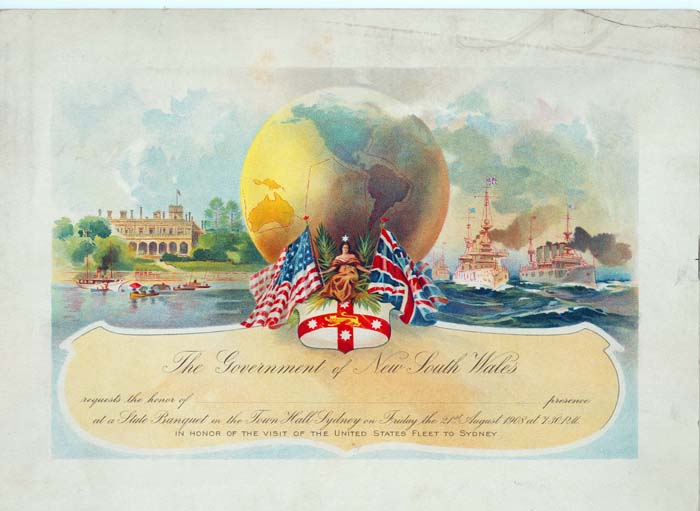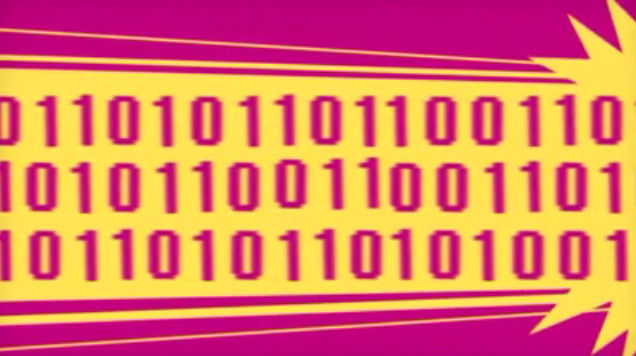Metadata works much the same way as a card index catalogue – it provides information about a particular object. This information can be quite basic or incredibly detailed, layered and complex depending on your needs.
Tag Archives: digital preservation
Prioritising digitisation for preservation and access
 At State Records we have a small Digitisation Program. Budget constraints, staff resources and an archival collection significant in both historical value and size means we can’t digitise everything. Sound familiar? Small as it may be, the program has an important function within our organisation for it assists in the preservation of records and increases access to the collection.
At State Records we have a small Digitisation Program. Budget constraints, staff resources and an archival collection significant in both historical value and size means we can’t digitise everything. Sound familiar? Small as it may be, the program has an important function within our organisation for it assists in the preservation of records and increases access to the collection.
What To-do?
Our Digitisation Program began in 2002. During the initial planning phase one of the first steps was to assess and prioritise tasks. We established a To-do List, a list of scanning jobs to include various subjects and formats and an approximate time-frame for the completion of each one.
 Contemporary issues
Contemporary issues
Prioritising jobs can be difficult but contemporary issues may help to sort the list. For instance, the images of the construction of the Sydney Harbour Bridge became a priority job in the lead up to the 75th anniversary of its official opening in March 2007.
In 2008, our priority was to digitise images and records relating to the arrival of the Great White Fleet in August 1908 to coincide with the 100th anniversary of the Great White Fleet’s peace mission. The job became part of our Digital Gallery and includes photographs and records of the official events.
Using historical dates and anniversaries to prioritise jobs also provides a certain amount of publicity for the organisation. For a small, selective digitisation program such as ours, this promotional value adds another dimension to the task of prioritising.
Retrieval of items
Another important factor to consider when prioritising jobs is the actual use of the item by the public. Is it used often? And is this use causing wear and tear? Digitisation may be beneficial in this case.
Digitising is preservation
Conservation can also help prioritise the To-do List. Records requiring extensive conservation treatment may be pushed down the list, or even off the list – it is often easier to conserve such fragile records on a case-by-case basis as requests to access them arise.
Where necessary, conservation is carried out on items before digitisation. During scanning both a master copy and low resolution version is made. The items are then stored away and, theoretically, shouldn’t need to be handled again.
Digitising means access
The end product of the Digitisation Program is Photo Investigator and our Digital Gallery. Designed in-house, Photo Investigator is a user-friendly application which provides access to each image and its descriptive metadata. Our Digital Gallery showcases both photographs and records from our archival collection. Together, these ‘images’ tell a interesting, historical stories.
So, while we may not be able to scan our records on a grand scale, every little bit helps.
Do you digitise your collection and how have you prioritsed your jobs?
Preserving your digital data [video]
 At the recent Association of Canadian Archivists Conference in May, Professor Seamus Ross from the University of Toronto gave an entertaining talk on approaches to digitisation and handling of digital materials. He showed this video, which he was involved in developing, Digital Preservation and Nuclear Disaster: An Animation featuring ‘Digi Man’. It is a lot of fun and addresses some of the issues surrounding digital records preservation.
At the recent Association of Canadian Archivists Conference in May, Professor Seamus Ross from the University of Toronto gave an entertaining talk on approaches to digitisation and handling of digital materials. He showed this video, which he was involved in developing, Digital Preservation and Nuclear Disaster: An Animation featuring ‘Digi Man’. It is a lot of fun and addresses some of the issues surrounding digital records preservation.
You can see more on the Digital Preservation Europe website.
Related posts:
- Is your digital information at risk? [Future Proof website]
